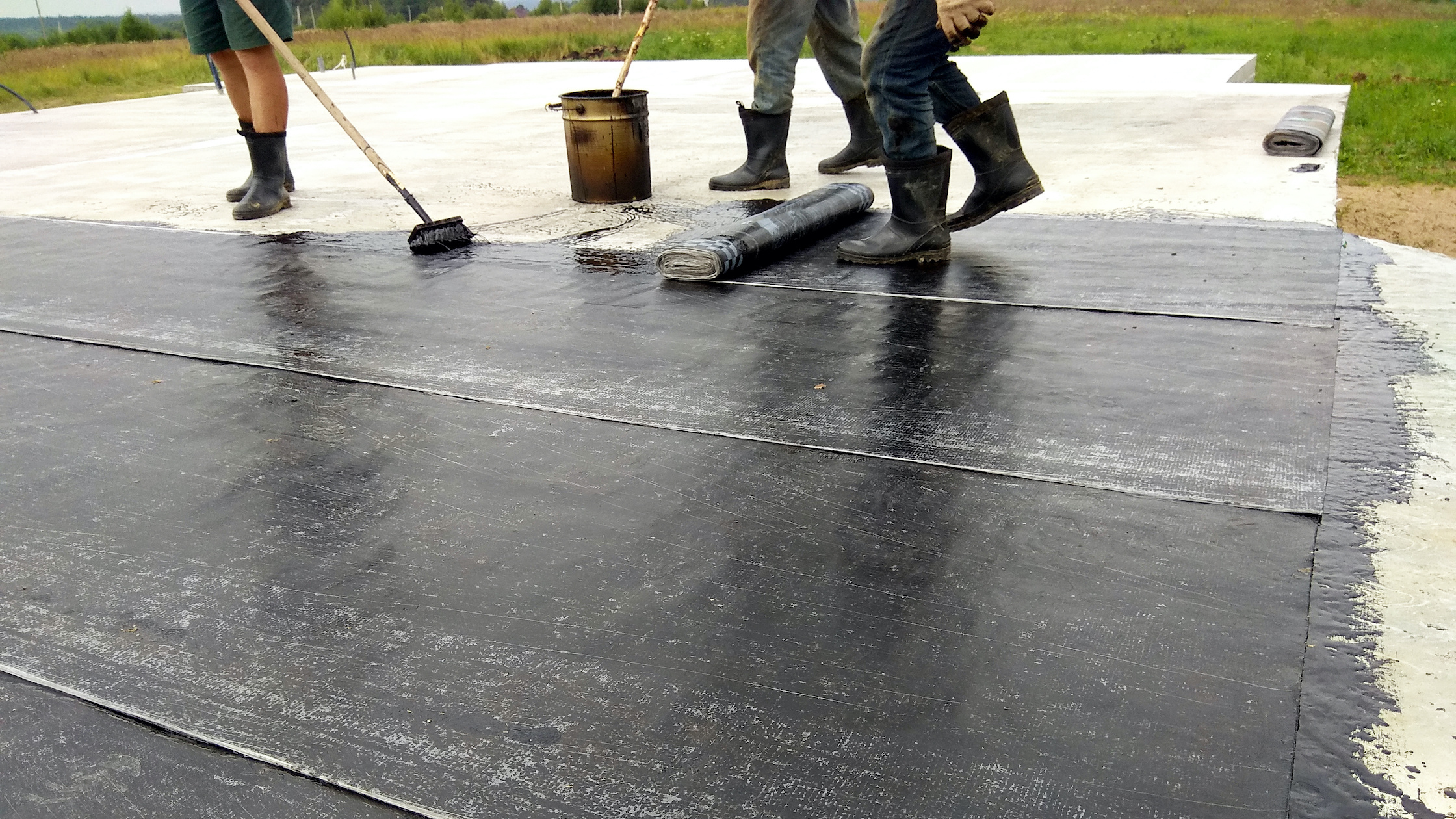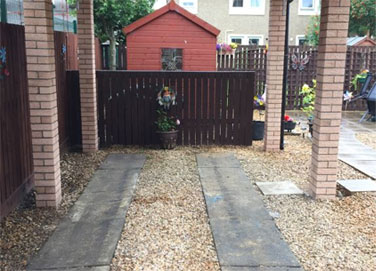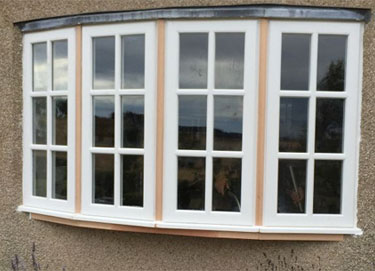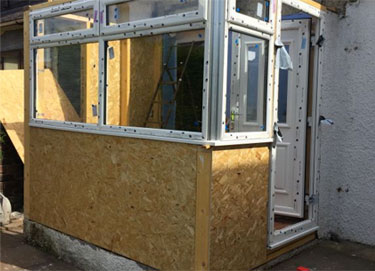Smaller, short term bitumen roof repairs are relatively easy to carry out. There are plenty of ready-made kits available. If fitted correctly, bitumen roofs shouldn’t need repaired very often, as they are a very durable roofing option, especially for flat roofs.
What is bitumen?
Modified bitumen is a type of asphalt product, that’s sticky, viscous and waterproof, used mainly for roofing and paving. It can be applied many ways in hot and cold temperatures. This makes bitumen a very versatile material, especially for flat roofs. It’s one of the most common materials used for membrane roofs, on many commercial buildings as well as on residential properties. Modified bitumen roofs have many advantages.
Advantages
Long-lasting – Bitumen or a modified bitumen roof is an extremely long-lasting option for flat roofs. Bitumen has been used for thousands of years and it’s particularly popular in the roofing industry. A bitumen roof can last over 20 years with the right care.
Waterproof and flexible – the properties of the material make it flexible. The edges of the bitumen roofing sheets can be melted together for a fully seamless finish.
Cost-effective – It’s relatively quick and easy to apply. You can use self-adhesive sheets, hot-mopped asphalt or cold-applied adhesive.
Durable – bitumen roof is rated against wind, hail and fire and unlikely to become damaged in a storm. Manufacturers tend to give a long warranty with the product as well.
Bitumen roof repairs
Bitumen roofs are prone to blistering, cracking and condensation on the underside. You can use ready-made kits for smaller, short-term repairs. The first step is to identify the source of the damage. If the damage is caused by a leak, you will need to repair the leak before proceeding with any other repairs. Once you have repaired the leak, you can proceed to the next step.
The next step is to remove any damaged or loose material from the roof surface. This includes any cracked or broken pieces of bitumen, as well as any nails or screws that may have come loose. Once you have removed all of the damaged material, you can proceed to the next step.
The third and final step is to cover wider cracks with a suitable flexible scrim that’s been bedded into the coating. Apply a new layer of treatment or sealant that’s designed to seal and repair leaking bitumen roofs. This will seal off any remaining leaks and protect your roof from further damage.
For any bigger bitumen roof repairs, contact a professional roofing contractor. LC Joinery and Roofing are experienced in shed roof repairs in Edinburgh and Central Scotland. All our work is guaranteed. We are a member of the Guild of Master Craftsmen, the Federation of Master Builders, the Construction Skills Certificate Scheme, and a Which? Trusted Trader and a licensed asbestos removal contractor. Take a look at our portfolio here.
Call LC Joinery at 01592 747 047 or email us at info@lcjoineryroofing.co.uk.





